Exploring Low Power Electronic Locks
Keyless entry systems have revolutionized security, offering both convenience and enhanced control. Among these innovations, low power electronic locks stand out for their efficiency and reliability. These locks are designed to provide secure access without the traditional key, utilizing advancements in technology to operate with minimal energy consumption.
Types and Mechanisms
Electronic door locks come in various forms, including keypad locks, RFID systems, and biometric scanners. Keypad locks require a code for entry, making them a popular choice for their balance of security and convenience. RFID locks use a key fob or card for access, offering a quick, contactless entry. Biometric locks, which include fingerprint door locks, provide the highest level of personalized security by using unique physical characteristics for access.
Applications and Features
These locking systems are not limited to residential use; they are also an integral part of commercial security. From office buildings to warehouses, digital door locks offer controlled access to various areas. Features such as audit trails and user-specific access rights enhance the functionality of these systems, making them a versatile solution for different security needs.
Materials and Durability
The construction of smart lock deadbolts and other electronic locks involves robust materials like hardened steel and tamper-resistant alloys. The durability of these materials ensures that the locks can withstand physical attempts at tampering, providing a long-lasting security solution.
Advantages of Low Power Consumption
The advantage of low power electronic locks lies in their extended battery life and reduced maintenance. These locks are designed to operate efficiently, requiring less frequent battery changes, which is both cost-effective and convenient for users. The energy-efficient nature of these locks also contributes to a more sustainable security approach.
Choosing the Right Electronic Lock
Selecting the appropriate lock requires consideration of door specifications and the desired method of access. Whether it's a Wi-Fi smart lock for remote access or a lock with multiple unlocking modes, the right choice depends on the specific needs of the user. It's important for buyers to measure their doors and determine the opening direction to ensure compatibility with the lock they choose.
Integrating low power electronic locks into security systems offers a blend of efficiency, convenience, and robust protection. With a variety of types and features available, these locks cater to a wide range of security requirements, making them a valuable addition to any secure access strategy.
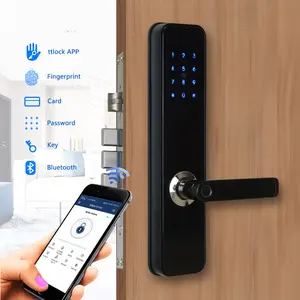




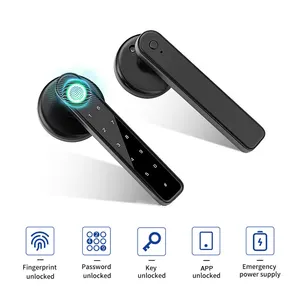




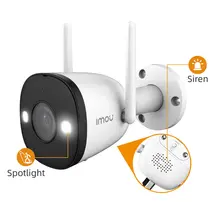









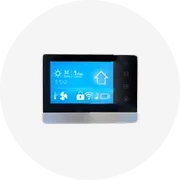
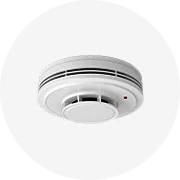
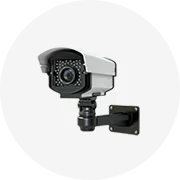
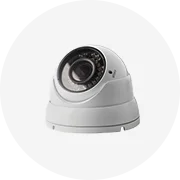
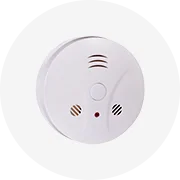
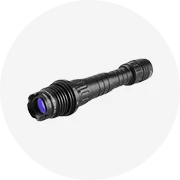
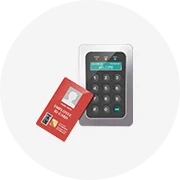
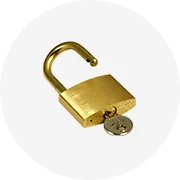








 浙公网安备 33010002000092号
浙公网安备 33010002000092号 浙B2-20120091-4
浙B2-20120091-4